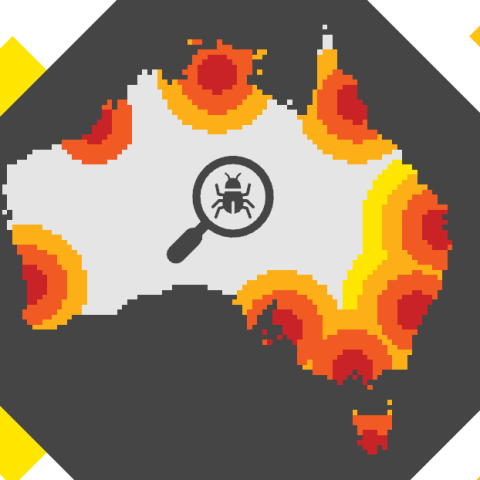Biosecurity Commons moved to the Centre of Excellence for Biosecurity Risk Analysis (CEBRA) at the University of Melbourne on 1 January 2024.
The move is an exciting one for the platform as it transitions to the next stage of its development – user-driven platform refinements derived from the development of ‘real-world’ case studies.
The platform also has a new Project Manager, Dr James Camac, Chief Investigator at CEBRA, who will lead the team through this next phase.
We profiled Dr Camac last year for our newsletter so you can read about his background and thoughts on the biosecurity sector.
In this post, we want to introduce him to everyone as our new Project Manager and ask him about the platform as it is poised to make a big impact in the biosecurity sector.
He said: “It is a great honor to become the new Project Manager of Biosecurity Commons. The platform provides surveillance practitioners, policymakers, and decision-makers with a much-needed piece of infrastructure currently missing in Australia’s biosecurity system – a standardised, easy-to-use, and sharable risk analytics platform that harnesses existing data to estimate risk needed to inform biosecurity policy and operations.”
What does the move to CEBRA mean for Biosecurity Commons?
Firstly, there will be no change to services for Biosecurity Commons users and you will be able to continue using the platform in 2024. If you have any issues please contact support@biosecuritycommons.org.au and our team will help you out.
This move is a natural progression for the platform, as CEBRA and the University of Melbourne have been Biosecurity Commons’ project lead since its inception. The move will ensure that Biosecurity Commons remains at the forefront of biosecurity risk analytics by working closely with the CEBRA team, the Department of Agriculture, Fisheries and Forestry (DAFF), and New Zealand’s Ministry for Primary Industries (MPI) in developing world-leading practical risk analytics.
What exciting developments are planned this year?
Over the coming year, expect to see several improvements and extensions to the platform, including:
- A brand-new resource allocation workflow – for designing and simulating allocations of biosecurity resources
- The addition of short Youtube videos directly embedded within the platform that guides users in using different workflows on the platform
- The addition of a public user forum to ask questions that can be answered by our team as well as others in the Biosecurity Commons community
- The development of ‘real world’ case studies and pre-filled workflow templates
- The development of toolbox utility functions that can be used within existing workflows to modify or combine multiple spatial layers
- Refinement of data visualization, including improved legends, colors, and scaling, with more visualization options and supported file formats
How do users get in touch if they are interested in working with Biosecurity Commons?
Biosecurity Commons is actively seeking ‘real world’ demonstrations of our risk analytics at all levels of government and industry. If you think we could work together you can send us a message through our contact us page.




